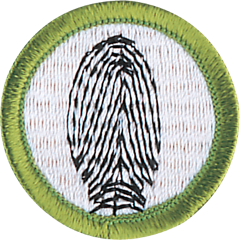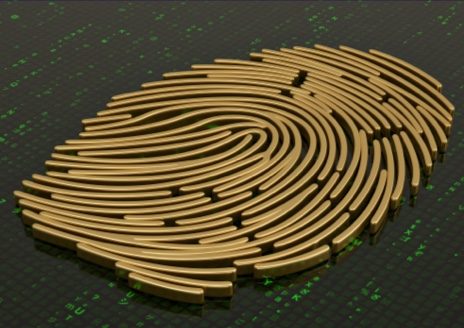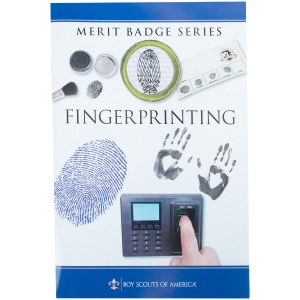
Before DNA databases, before ink-stained fingerprint cards, before stacks of photographs, the best tool police departments had for identifying criminals was an average Joe with a photographic memory.
In eighteenth-century Europe, the more advanced police departments hired people with good visual recall to mentally record the faces of criminals and identify the guilty.
It’s hard to imagine today, but “yep, looks like the guy” was considered acceptable evidence back then.
With the advent of photography a century later, police departments kept a collection of photographs of known criminals — an important antidote to the fickleness of memory.
But photographs still weren’t perfect because faces change over time. Fingerprints do not.
The unique combination of loops and arches available at our fingertips has value beyond identifying criminals. It also forms the basis for one of the most popular elective merit badges in BSA history.
In this edition of Merit Badge History, we look at the fascinating story of the Fingerprinting merit badge.









